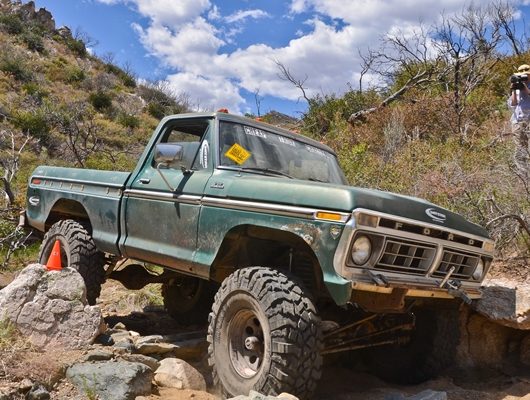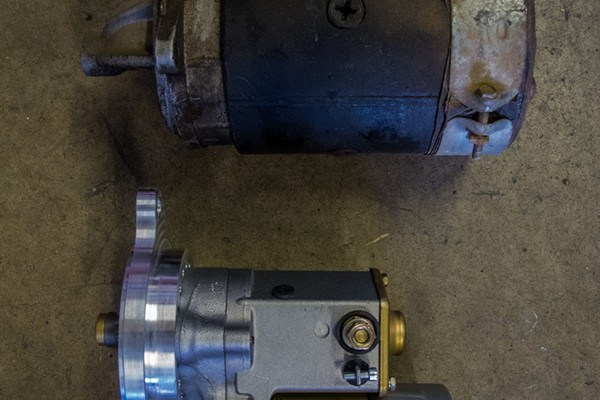Gear reduction mini starters are common in the hot rod world, where high compression engines need all the help they can get to light off.
Those of us with 4x4s can also benefit from gear reduction mini starters–even if we are not running 15:1 compression and race fuel. To illustrate, we recently added a Summit Racing Protorque Mini Starter to our big block Ford F-150 and realized several benefits on the pavement and the trail.
There are two important factors when it comes to starts: cranking power and gear reduction. Cranking power is measured in horsepower and, just like your engine, the more power the better. And just like with winch motors, starter motors with greater gear reduction generate more cranking torque. The Summit Racing Protorque starter we installed for our Ford 460 engine generates 1.9 horsepower with 4.4:1 gear reduction.
Our big block 460 doesn’t have super high compression, but the truck has a manual transmission. In technical situations on the trail, particularly when trying to climb steep ledges, a gear reduction starter can be a huge advantage for manual transmission-equipped vehicles. Should the engine stall, you can keep one foot on the brake and the other on the gas. With the vehicle in gear and the clutch out, the starter can then be used to inch the vehicle onward and start forward progress again.
Mini starters like the Protorque offer other benefits. Their smaller profile creates more room for suspension and exhaust components, which was an issue with the headers on our 460. In addition to being physically smaller than stock, the Summit Racing Protorque starter uses a clockable billet mount that allows for 18 different positions to provide a custom fit for your application. That’s an important consideration if you use headers, custom oil pans, or run a custom tube chassis or suspension.
Summit Racing carries gear reduction starters from MSD, Powermaster, CSR Performance and other brands. That means it probably has the right starter for your application, whether you are running a big block pickup or a four cylinder Jeep CJ-7.








Comments